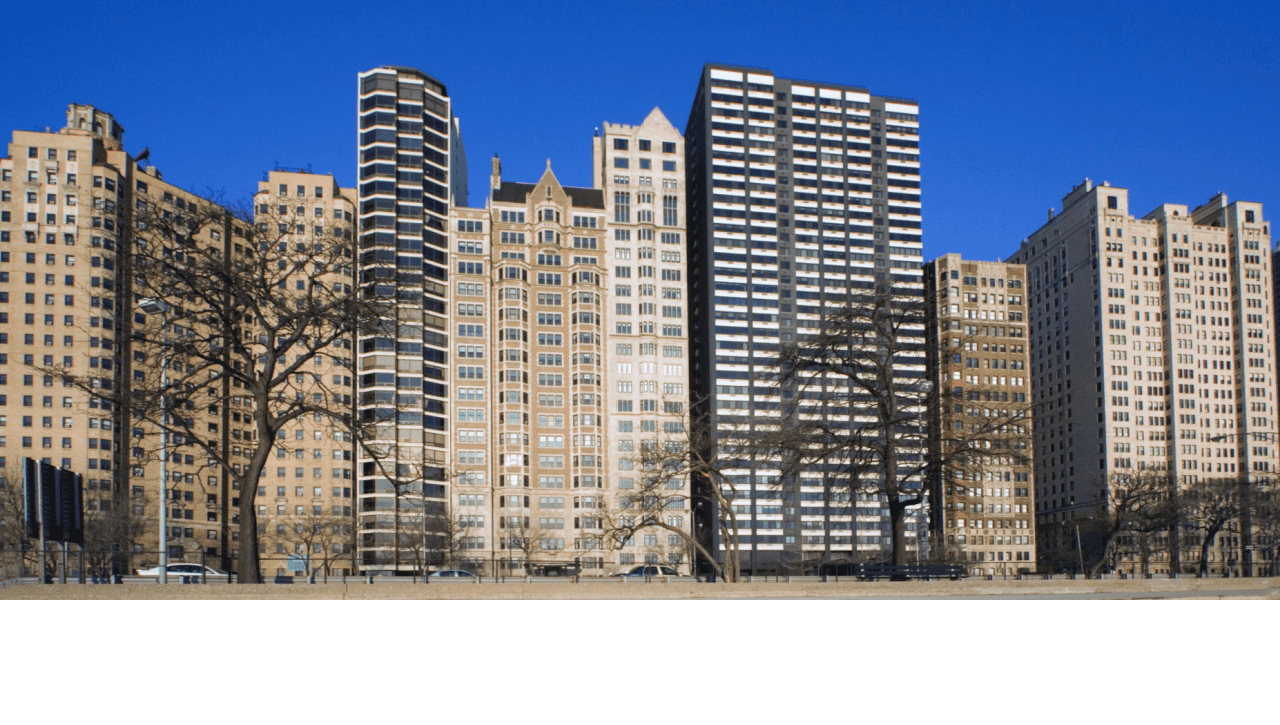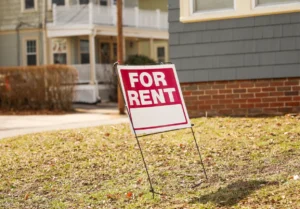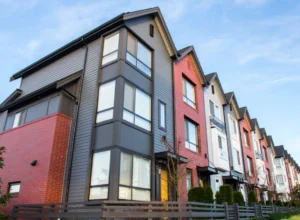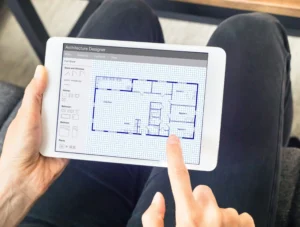Multifamily experts share keys to effective preleasing and lease-up in competitive markets.

How to Market a New Community in High-Supply Areas
Preparing to open a new community comes with a lengthy task list for multifamily owners and operators. Yet, as the final punch list is knocked out, the largest determination of a community opening’s success is its ongoing marketing plan long before the doors open—a plan that is even more important this year as record supply is scheduled to deliver.
Competing for residents as new apartments pop up throughout cities—like Austin, Texas; Denver; Huntsville, Alabama; Miami; and Raleigh, North Carolina—multifamily marketers must know the lifestyle individuals hope to achieve, and the added perks (aka upgraded amenities) they hope to enjoy.
Leading up to preleasing and opening, Angelina DeWitt, director of marketing at The Habitat Co., based in Chicago, says, “Emphasizing the envisioned community life is vital. It’s about showing potential residents why our property is their best choice amid a sea of new options.”
Know Your Market and the Target Lifestyle
When building a marketing plan, knowing the area, culture, and targeted lifestyle is essential. Ashlee Friedmann, managing director at FirstService Residential New York’s multifamily rental division, says, “There needs to be an understanding of the area, what is needed, what people expect, and what the competition offers.
“Lacking an understanding of why people are drawn to a property can also undermine a marketing campaign, as you may be advertising to the wrong renters.”
James Love, vice president of marketing and brand at Draper and Kramer, echoes the same perspective and explains further, “It’s about uncovering and understanding the targeted lifestyle of your market and making sure that lifestyle is ingrained within the brand, the creative (photography, videography), the décor, the amenities, and the service level offered.
“More important, all of this needs to be communicated online with a quick, yet impressionable user experience to ensure you’re pulling the market into your funnel.”
Build the Experience Online
Before construction is even complete, establishing the essence of a new community online can set the tone for what is to come. Deploying a multifaceted approach, Habitat’s strategy includes targeted storytelling. DeWitt says, “We craft narratives that spotlight the unique attributes of each property, engaging prospective residents by illustrating the distinct lifestyle and advantages offered by our property and its surrounding community.”
The strategy is followed up with campaigns that leverage search engine optimization (SEO) and search engine marketing as well as intentional and strategic internet listing services, DeWitt shares. This also includes interactive preleasing efforts.
She says, “From hard hat tours to behind-the-scenes social media content, we offer an inside look to build excitement and anticipation. Throughout the duration of our developments, we also send our drone videographers to capture progress videos for us to promote on social media as well as our websites.”
Likewise, Kim Boland, director of digital marketing at Morgan Properties, says, “Digital marketing has taken center stage, with a notable shift toward online advertising, social media marketing, and SEO. We have increased our usage of digital platforms to connect with potential renters by utilizing targeted advertising campaigns and social media channels to showcase our properties and amenities effectively.”
Love adds, “Once delivery of the first units is confirmed, coming out with a strong online ad campaign is the best way to jump-start a new pipeline.”
Free Rental Application
Get 20 Rental Forms for FREE, including a rental application.
Embrace Local Partners
If opening a property in a new market, multifamily operators can benefit from partnerships with local, familiar businesses.
“When you begin the lease-up process, you must understand the location and how you harness the area to draw people in. For example, creating unique opportunities with local businesses, exclusive deals for tenants, and focusing on everything that is around the area help a renter see the value in making a move to the location,” says Friedmann.
DeWitt agrees, “By collaborating with local businesses, we weave our properties into the community fabric, creating a buzz that attracts residents who are looking for an integrated community experience.”
This includes teaming up with the local press, DeWitt points out. She says, “By collaborating with our public relations agency and local press, we gain the opportunity to highlight our properties’ features and their contributions to the community landscape. Press releases play a crucial role in this strategy.”
Create Awareness Through Social Media
As preleasing approaches, a knowledge of the upcoming community is needed to build a list of prospective renters as well as who the new community progress messages should reach.
Love says, “Visibility is critical when starting at zero occupancy. While social media is not the most viable lead source for most stabilized properties for Draper and Kramer, it is outstanding at introducing a new property and a new brand to a new market.
“So much so that we often begin campaigning after the first shovels go in the ground to tell the story and build awareness and excitement. Content marketing is also a great tool to utilize early in the process, especially if the geographic market is new to us.”
Make sure the message is effective and fitting, Boland says. “Personalization has become a key focus in our marketing efforts. We’re placing a growing emphasis on tailoring content and experiences to meet renters’ unique needs and preferences. Leveraging data analytics and customer relationship management tools, we can deliver personalized marketing messages, offers, and recommendations, enhancing engagement and conversion rates.”
Explaining the benefits of social media marketing, Friedmann adds, “Many of our leasing agents use standard sources like StreetEasy and other platforms to showcase availability at the property. However, we are now seeing real results on social media outlets, especially Instagram, where you can geofence the content and target engagement.”
She continues, “Unlike other platforms, social media is designed to be visual and can showcase the beauty of a building. It’s often the first glimpse people have inside the property and the reason they set up tours.”
Make Leasing Easy
Once targeted messages begin to reach potential renters, it is important to have the next steps for leasing highly visible.
“In addition to offering great packages of finishes and amenities, we know that making the shopping process simple and accessible is vital from the marketing end,” says Love. “Being able to get a strong and complete experience of the building online allows prospects to shop on their terms. Offering self-guided tours takes that a step further. Retargeting ads to prospects showing interest is also vital.”
As the trend of start-to-finish online leasing is growing, all agree that giving prospective residents the ability to experience a property online is necessary. “More and more sight-unseen rentals are definitely trending. People are busier than ever, and technology has taken us to the point where you can get (nearly) the full sense of the community before you ever set foot inside,” Love says.
And if in-person leasing is the preferred fit, DeWitt says experiential marketing has also been at the forefront of multifamily trends with grand openings and memorable open houses.
She says, “To stand out in a competitive landscape, we are focusing on creating memorable experiences through innovative open houses and utilizing virtual and drone tours. These methods not only showcase our properties but also engage potential residents on a deeper level.”
Source: Multifamily Executive













 Accessibility
Accessibility